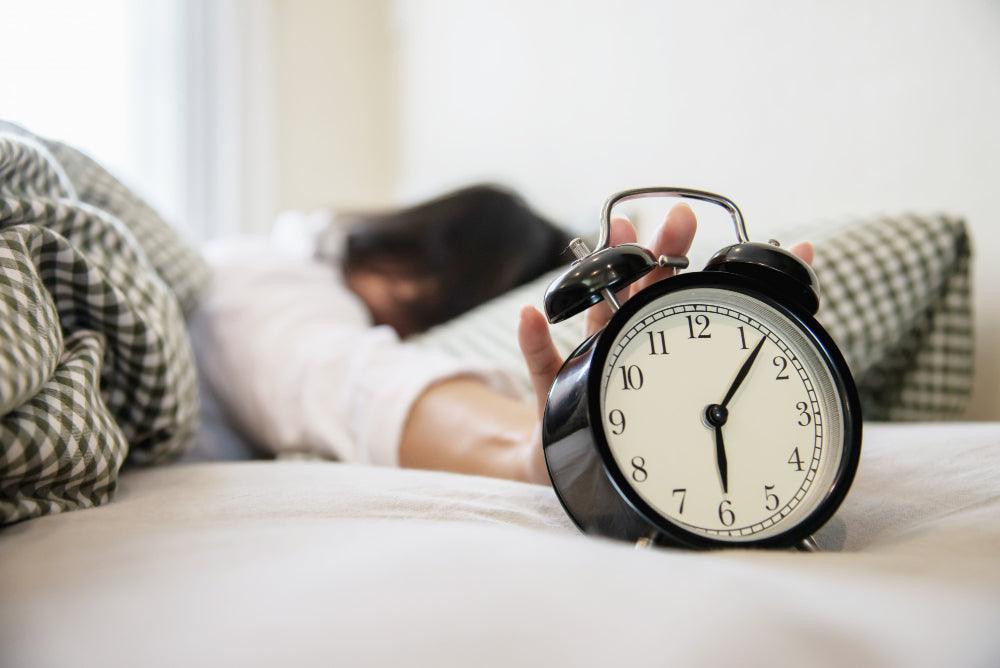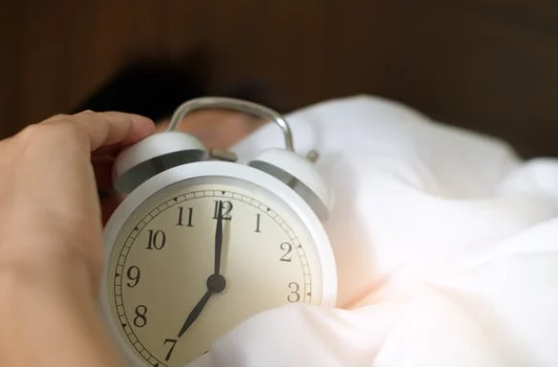How Much Deep Sleep Do I Need?


The amount of sleep you need varies from person to person. Generally, adults should get between 7 and 9 hours of sleep per night. However, some people may need more or less than this depending on their individual needs. If you feel tired during the day despite getting enough hours of sleep, it might be a good idea to talk to your doctor to make sure you are getting the best quality of sleep. Additionally, if you have difficulty falling asleep or staying asleep throughout the night, it could be a sign that something else is going on and should be assessed by your doctor. There are also some lifestyle modifications you can make to ensure you get better quality sleep such as avoiding caffeine or large meals close to bedtime, establishing a regular sleep schedule, avoiding screens before bed, and creating a relaxing environment in your bedroom. Following these tips can help you get the restful sleep you need.

According to some conflicting studies, you could lose up to three IQ points if you have abnormal sleep cycles.
If you sleep less than five hours and are awake for at least two hours per day, then chances are that you have not gotten the recommended amount of sleep. In this case, it is time to nap!
Your doctor will likely encourage you to get the recommended amount of sleep.
While your friends and relatives may encourage you to get more slumber, which is a noble cause, if it weren't for their encouragement, many people would already be taking naps.
Fortunately, there are ways to determine if you require more or less sleep than the average person. And with that in mind, we must consider the benefits and drawbacks of sleeping too much and too little.
This is a very difficult question to answer. Most people know how much sleep is needed for survival, but that might not be the same for you. The number of hours needed for survival is about 16 hours a day. If you don't get that amount of sleep, it may have a bad impact on your health and can even be fatal in some cases.
Even while it may seem like a lot of time, both your mind and your body are quite active during that period, which is why you can be so productive, energetic, and healthy when you are awake.
Drowsiness, light sleep, moderate to deep sleep, REM sleep, and dreaming are the five stages of the sleep cycle that alternate between non-rapid eye movement (NREM) and rapid eye movement (REM) stages. Vivid dreams occur during the deepest state of sleep.
When you are dreaming, it will be quite difficult to wake up. Avoid unexpected awakenings because they have the potential to produce a significant increase in heart rate.
The stages of sleep that you go through in a night are determined by the time you fall asleep.
Some people who suffer to sleep well may find it beneficial to take sleeping aid tablets. To read more about the most common sleeping aid tablet in the UK, Nytol read our article on: How does Nytol work?
You cycle through the various stages of sleep throughout the night. Sleep begins at approximately midnight, and after approximately six hours, your body is in the deepest stage of sleep. Why? This is because many hormones and chemicals that help regulate your sleeping patterns start to decline after 6 pm and decline again around 6 am. Most adults should have enough deep sleep, between 7 to 9 hours of deep sleep stage.
Slow-wave sleep, often called deep sleep, consists of stage three of non-rapid eye movement sleep. It usually lasts between 70 and 90 minutes and takes place during the first hours of the night.
The term "REM" refers to rapid eye movement. Your eyes will move quickly in various directions while you are dreaming in a state known as rapid eye movement (REM), but they will not transfer any visual data to your brain. That doesn't occur throughout non-REM sleep.
The first stage of the cycle is non-REM sleep, then there is a briefer time of REM sleep, and finally, the cycle begins over again. REM sleep is the stage of sleep during which most people have dreams.
When a person is awake, their brain waves are simultaneously more rapid and have higher frequencies. When a person starts to nod off, their brain waves begin to slow down, and this process continues into deeper stages of sleep. On the other hand, REM sleep is characterized by brain wave patterns similar to those of a person who is awake.
Did you know that common sleep disorders such as sleeplessness, restless legs syndrome, narcolepsy, and sleep apnoea could indeed impact each component of your life, such as your security, your connections, your work and educational performance, your reasoning, your mental wellbeing, your weight, and the advancement of diabetes and cardiovascular disease? The quality of your life can suffer if you do not get enough good quality sleep which is referred to as sleep deprivation.
Although it varies from person to person, the recommended amount of sleep for adults is seven to nine hours per night. However, some people need more sleep while others need less.
As mentioned above, restful sleep varies from person to person. Some may need more deep sleep, while others prefer less deep sleep. You should be aware of your sleep habits to boost your physical and mental health.
What we call deep sleep plays an important role to have a good night's sleep. Our muscles relax during this period, thus resulting in healthy sleep. As much as possible, reach deep sleep to get a better sleep quality and make it a part of your bedtime routine.
As part of the sleep study, non–rapid eye movement sleep, also known as NREM sleep, and rapid eye movement sleep, often known as REM sleep, are the two categories that make up normal sleep. Stage N1 (also known as NREM 1), stage N2 (also known as NREM 2), and stage N3 are all classified as deeper and deeper stages of NREM sleep, respectively (NREM 3). The further one is in their NREM cycle; the more intense the stimuli must be experienced to wake up. Stage R sleep, also known as rapid eye movement (REM) sleep, is distinguished by decreased EEG amplitude, muscle atonia, increased autonomic variability, and periodic bouts of REM sleep.
There are both tonic and phasic aspects to REM sleep. The phasic component is characterised by a sympathetically driven condition characterised by fast eye movements, distal muscle twitches, cardiorespiratory variability, and active muscle in the middle ear. Atonia decreased EEG amplitude and the absence of eye movements are all characteristics of the parasympathetically driven state known as tonic REM. The length of the REM state, as well as the density of eye movements, both increase as the sleep cycle progresses.
The transition from awake to mild NREM sleep typically takes place. NREM sleep normally begins in the lighter phases (N1 and N2) and progressively deepens to slow-wave sleep, as demonstrated by higher-voltage delta waves. REM sleep, on the other hand, begins in the deeper stages (R1 and R2) and continues until awakening.
If you are looking for ways to improve your sleep, we offer products and information on our website that can help you. See our Sleeping Aids information page here to learn more.










Plus get the inside scoop on our latest content and updates in our monthly newsletter.